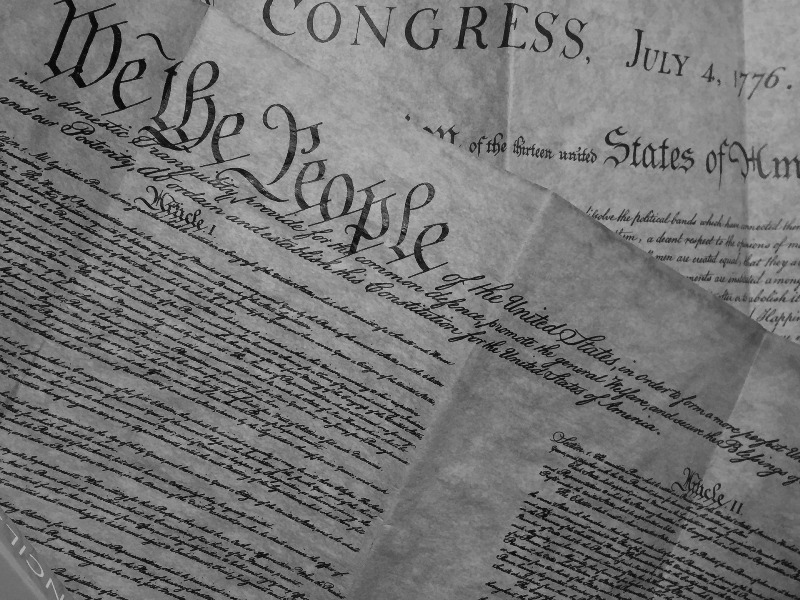A mandate is an authoritative command or instruction issued by a higher authority. It is often used to ensure compliance with rules, regulations, or policies in a particular context, such as in a government, business, or organization.
What is a MANDATE — definition and meaning in simple words.
In simple terms, a Mandate is a type of command or instruction given by a higher authority that carries significant weight and is generally considered binding. It differs from a suggestion or recommendation in that it requires implementation rather than being merely an option. Mandates can come from a variety of sources, such as a government, employer, or organization, and are used to enforce rules, regulations, or policies.
The purpose of a mandate is to ensure that a specific standard or goal is met, and a specific result is achieved.
Examples of mandates could be wearing a mask during a pandemic, attending training provided by your employer, or following company policies as required by the organization.

What is a deputy/parliamentary mandate — in simple terms.
A parliamentary mandate is the authority granted to a member of parliament to represent a particular constituency or group of people. In parliamentary systems of government, members of parliament are elected by the people to represent their interests and make decisions on their behalf. A parliamentary mandate gives an MP the right to participate in legislative processes, vote on bills and budgets, and make decisions that affect their constituents. The length of a parliamentary mandate varies by country and electoral system, but usually lasts for several years. Parliamentary mandates are an important aspect of democratic governance, as they hold elected representatives accountable to the people they serve.
Types of mandates.
There are different types of mandates, which can come from different sources and address different areas of life. Here are ten examples of such mandates:
- Government mandates, such as laws or regulations that require people or organizations to do something, such as pay taxes or get a license.
- Employer mandates, such as requiring employees to attend training or follow certain safety protocols.
- Organizational obligations, such as rules that employees must follow, such as a dress code or code of conduct.
- Health requirements, such as requirements for vaccination or wearing masks during a pandemic.
- Environmental obligations, such as rules on emissions or waste management.
- Safety mandates, such as building codes or fire safety regulations.
- Educational requirements, such as school attendance or standardized testing requirements.
- Financial requirements, such as spending limits or investment practices.
- Human rights mandates, such as laws that protect people from discrimination or ensure access to health care.
- Military mandates, such as orders to soldiers to perform certain duties or follow certain protocols during a mission.

What is a UN mandate?
A UN mandate is an authorization granted by the United Nations Security Council that allows the use of force or other measures to address a particular problem or situation. A UN mandate usually authorizes a peacekeeping mission or other intervention aimed at restoring peace and stability in a region affected by conflict.
Five examples of the use of UN mandates:
- In 1991, the UN Security Council approved a mandate for the Gulf War, which allowed member states to take military action against Iraq in response to its invasion of Kuwait.
- In 1999, the UN Security Council approved a mandate for a peacekeeping mission in Kosovo to end the conflict between Serbian and Albanian forces.
- In 2004, the UN Security Council approved the mandate of a peacekeeping mission in Haiti after the political crisis in the country.
- In 2013, the UN Security Council approved a mandate for a peacekeeping mission in Mali to help stabilize the country after a military coup and an uprising by Islamist militants.
- In 2020, the UN Security Council approved a mandate for a peacekeeping mission in Sudan to support the political transition and protect civilians in the Darfur region.

Advantages and disadvantages of mandates.
Mandates can have both advantages and disadvantages. On the one hand, mandates can provide a clear set of rules or requirements that help ensure compliance and promote accountability. This can be particularly important in areas such as health and safety, where non-compliance can have serious consequences. In addition, mandates can promote consistency and fairness by ensuring that everyone is held to the same standards. However, mandates can also be burdensome, especially if they are overly prescriptive or onerous. This can lead to resistance or non-compliance, which undermines the effectiveness of the mandate. In addition, mandates can sometimes be costly to implement, especially if they require significant changes in infrastructure or operations. Here are five advantages and disadvantages of mandates:
Advantages:
- Promote compliance with rules and standards
- Ensure transparency and accountability
- Promote consistency and fairness
- Can improve public health and safety
- Can lead to positive social outcomes such as reduced discrimination
Disadvantages:
- Can be burdensome or overly prescriptive
- Can lead to resistance or non-compliance
- Can be expensive to implement
- May stifle innovation or creativity
- May not take into account unique circumstances or individual differences

Examples of mandates from history.
Mandates have been used throughout history in a variety of contexts, from religious decrees to government policy. Here are ten examples from history:
- The Ten Commandments: The Ten Commandments are a set of religious precepts and tenets found in the Old Testament of the Bible. They outline a set of moral and ethical principles that believers should follow.
- Magna Carta: The Magna Carta was a document signed by King John of England in 1215. It contained provisions such as limiting the power of the monarch and protecting individual rights.
- Emancipation Proclamation: The Emancipation Proclamation was a mandate issued by President Abraham Lincoln in 1863 that proclaimed that all slaves in the Confederate states should be freed.
- Treaty of Versailles: The Treaty of Versailles was a mandate signed after World War I that imposed reparations and restrictions on Germany to prevent it from rearming and starting another war.
- The Civil Rights Act of 1964: The Civil Rights Act of 1964 is a mandate passed by the U.S. Congress that prohibited discrimination based on race, color, religion, sex, or national origin.
- Hammurabi Code: The Code of Hammurabi was a set of orders issued by King Hammurabi of Babylon in the 18th century BC. It contained laws and punishments for various crimes.
- The Edict of Milan: The Edict of Milan is a mandate issued by Emperor Constantine in 313 AD that granted religious tolerance to Christians in the Roman Empire.
- Geneva Conventions: The Geneva Conventions are a set of mandates that define the rules of war and the protection of prisoners of war. They were first adopted in 1864 and have been revised several times since then.
- Prohibition: Prohibition was a mandate passed in the United States in 1919 that banned the production, sale, and transportation of alcohol.
- Universal Declaration of Human Rights: The Universal Declaration of Human Rights is a mandate adopted by the United Nations in 1948 that outlines a set of fundamental human rights that must be protected by all governments.

Conclusion.
In summary, mandates are an important tool used in a variety of contexts, from government policy to religious decrees. They can have both advantages and disadvantages, and their effectiveness depends on many factors. Examples of mandates from history and the present demonstrate their impact on society and the world. Understanding the concept and types of mandates is important for anyone interested in politics, law, or history. Whether it’s the Ten Commandments, the Treaty of Versailles, or the Civil Rights Act of 1964, mandates have played a crucial role in shaping our world.




